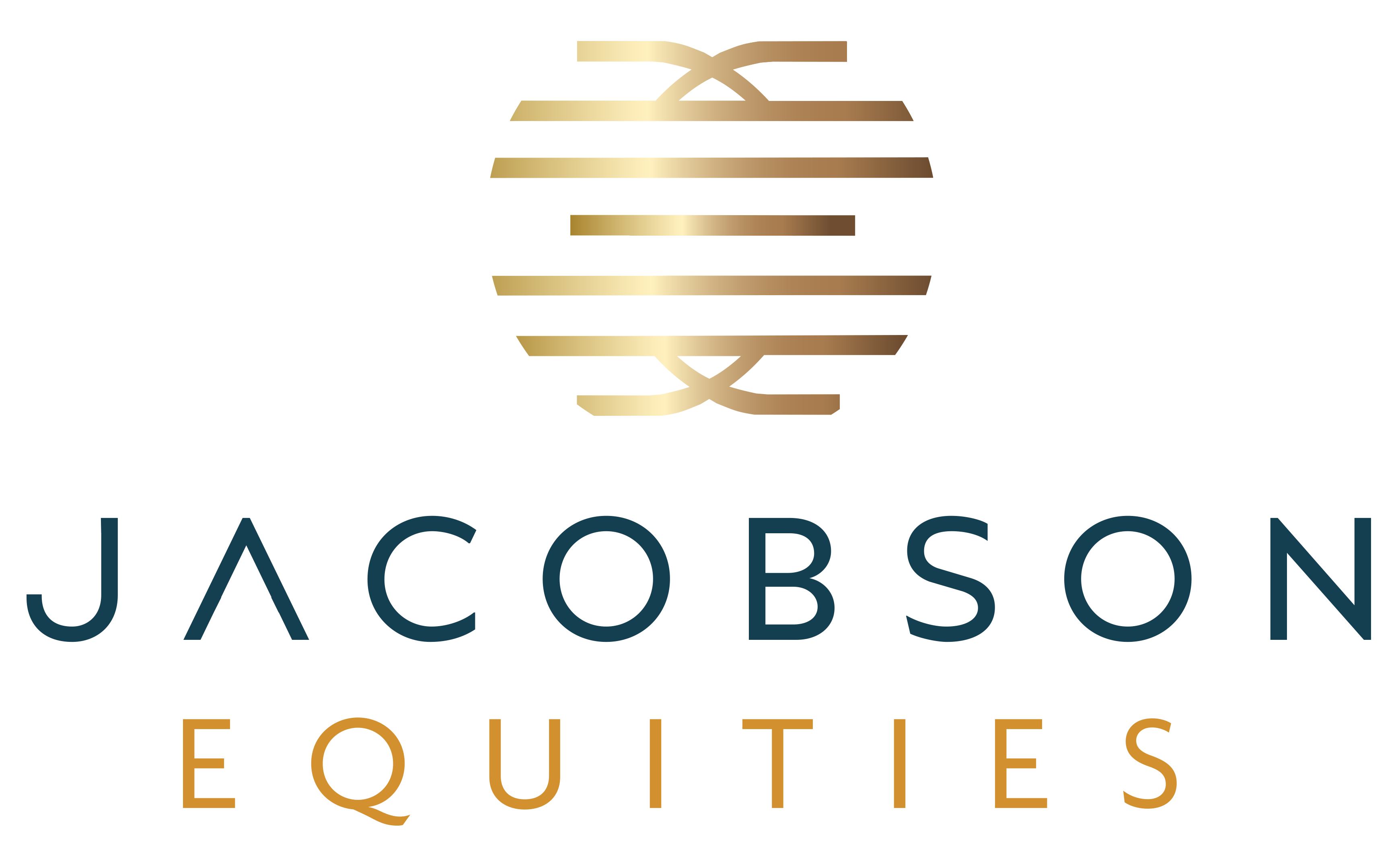Introduction
Many long-time commercial real estate investors have grown accustomed to earning double-digit returns on their equity (cash flow plus appreciation). Indeed, commercial real estate has performed exceptionally well over the past few decades. Those who buy-and-hold real estate have been able to weather economic ups and downs, even amid broader market volatility.
In a period of sustained low interest rates (making it difficult for savers to achieve their long-term financial goals) and given the sector’s strong performance, it is no wonder that more investors have begun adding commercial real estate to their portfolios. Once considered an alternative investment, real estate has now become more mainstream. Institutional investors continue to add real estate to their portfolios with record speed.
The attractiveness of commercial real estate has resulted in unprecedented competition for these assets, which in turn, has driven prices to all-time highs. “Build more,” would be a simple solution, in theory, but new construction carries several risks which are compounded by construction costs that continue to rise.
This confluence of factors means that the double-digit returns that many investors have come to expect are simply no longer feasible under current market circumstances.
However, that has not stopped investment from pouring into the sector. Returns may be lower than investors have historically expected, but these returns remain competitive compared to alternative investments. It is important for investors to understand why.
In today’s article, we take a closer look at the factors that influence project returns and explain what type of returns real estate investors should reasonably expect to earn if investing today.
Key Real Estate Investment Terms to Understand
In order to appreciate how returns are calculated, there are a few key real estate investment terms that any prospective investor should understand. These terms are as follows:
Risk Free Rate
The risk-free rate is a theoretical rate of return that assumes an investor earns interest on an investment with zero risk. Most investors will use the U.S. Treasury bond rate as the risk-free rate of return. This is because treasury bonds are guaranteed by the full faith and credit of the United States and thus there is practically no chance the U.S. government will default on its obligations. The size and liquidity of the bond market further contributes to the perception of its safety.
As of June 2021, the 10-year Treasury Rate was approximately 1.6 percent, give or take, depending on daily market fluctuations. For context, U.S. Treasury bonds peaked at just over 14.5 percent in the early 1980s. The risk-free rate today hovers around historic lows. The federal government lowered the rate in the wake of the Great Recession, and while it climbed slightly over the past decade, it dropped again in an effort to stimulate economic activity following the onset of the COVID-19 pandemic. Even if the risk-free rate climbs, experts do not expect the rate to exceed 2 or 3 percent for quite some time.
Basis Points
A basis point is one one-hundredth of one percent. A basis point is the most common measurement of quoting changes to interest rates or yields on bonds. Someone might say, for example, that an interest rate is 50 or 75 “bps” or basis points above prime, which means the rate is 0.5 or 0.75 percent above the prime rate.
Spread
The term “spread” is used in a few different ways in real estate. One such way refers to the difference between the risk-free rate and the unlevered (i.e.; all cash) rate of return (also known as the “cap rate”) an investor might expect to earn on a specific deal. Institutional or other sophisticated investors often look for the spread between the cap rate and the risk-free rate to be 200-300 basis points when investing in a stabilized and cash-flowing asset. The spread between the risk-free rate and the cap rate is often referred to as the “risk premium”, as it represents the premium an investor expects to receive for the marginal increased risk of investing in real estate as opposed to a treasury bond guaranteed by the United States government. It is important to note that the spread between the risk-free rate and the cap rate does not reflect the actual difference in return to the investor since most real estate is purchased using leverage, or borrowed money, which increases the actual net returns to the investor. However, since the amount of leverage used by different investors varies, evaluating the spread between the risk-free rate and the cap rate of a particular acquisition is a helpful tool in determining whether a given property is fairly valued and will generate an appropriate return to the investor given the risk involved.
Because what most investors reading this care about is understanding what is an appropriate return to them for a given real estate investment, this article will generally use the term “spread” to refer to the difference between the leveraged rate of return and the risk-free rate.
Cap Rate
Cap rate (“capitalization rate”) is perhaps the most popular tool for quickly weighing real estate investment alternatives. Cap rates are used to estimate the potential return an investor will make on a property. Cap rates are calculated by dividing the unlevered net operating income (NOI) by the property value. For example, a property worth $10 million that generates $500,000 in NOI is said to have a 5% cap rate.
Cap rates tend to have an inverse relationship to value. Typically, more valuable assets have lower cap rates and vice versa. The higher the cap rate, the “better” the potential returns for investors (although higher cap rates also tend to equate to higher risk or inferior properties or markets).
Internal Rate of Return – IRR
The internal rate of return, or IRR, is an important way to value an investment opportunity. It attempts to express what someone will make on an investment over the course of the entire holding period, adding up the total net cash flow they receive during the hold period and their share of net profit received upon sale of the property but taking into account when those cash flows are actually received in time. In short, IRR is a value that describes the sum of all future cash flows, according to when they occur in time, divided by the amount of equity invested in the property. The sooner the same earnings from an investment are received, the higher the IRR.
IRR is a difficult concept for even the most sophisticated investors to understand, as it relies on the economic concept of the time value of money. According to the time-value of money principle, a dollar received today is worth more than a dollar received in the future given inflation. Therefore, IRR is a way to discount earnings received in the future.
Historical vs. Current Rates
Many long-time real estate investors have grown accustomed to earning high single digit cash on cash returns and mid to high teen IRRs on their money. Today, when presented with deals offering 5 to 6 percent leveraged cash returns and 9 or 10% IRR’s, these same investors might feel underwhelmed.
This is why it is so important to understand context.
As noted above, the U.S. Treasury bond rate (i.e., the “risk-free” rate) was nearly 15 percent in the early 1980s. Around this time, real estate investors would often be earning 18 to 20 percent returns on their money. These returns represent a spread of approximately 300 to 500 basis points between the actual leveraged returns to an investor and the rate payable on U.S. Treasury bonds back then.
Today, the risk-free rate is dramatically lower. The risk-free rate is closer to 1.5 percent today. Therefore, when put in context, an investor who was earning a spread of 300 to 500 basis points in the early 80s could still earn that same degree of spread today – though the overall returns are significantly less. A 300-500 point spread today is equivalent to a deal expected to earn 4.5 to 6.5 percent cash on cash returns.
Now, deals that promise between 5 and 6 percent cash returns actually look pretty attractive. What is even more important though is that real estate investments offer a so-called residual return, or appreciation in the value of the property between the time when acquired and when it is sold.
The Equity Boost: What Investors Can Expect from Appreciation
Real estate, if purchased well, generally appreciates in value which provides an equity boost for investors, in addition to the cash flow distributions they receive. The risk free 10-year U.S. Treasury bond does not offer any possibility of appreciation. While it’s never guaranteed, most real estate investors can expect some appreciation, particularly if they buy-and-hold for an extended period of time. Real estate in some markets (e.g., large coastal, or “gateway,” cities) can be expected to appreciate more than real estate in other markets (e.g., smaller Midwestern cities)—though the latter often have strong cash flow in the absence of appreciation.
Potential for appreciation is generally reflected in cap rates. Properties with lower cap rates are usually more likely to appreciate than properties with higher cap rates.
For example, an investment to be held from seven to ten years can be expected to experience compound annual market rent growth each year the property is owned. Note: while the pro forma projected returns contemplate consistent annual rent growth, in practice some years will be flat or even down and some years will have rent growth in excess of the projected annual rent increases. At the end of the holding period, the property’s value will be determined by capitalizing whatever the then current NOI is at that time. The building will likely sell for more than the investor paid for it, which is where IRR comes into play.
Now, the investor has collected annual cash distributions during the holding period of 5% or 6% and additionally receives upon sale cash representing the additional equity resulting from appreciation of the asset. The sum of the cash flow and appreciation, discounted for when those income streams are received, determines the IRR of a given investment. An investment that yields an IRR of, say, 9 or 10% now generates a spread of 700-800 basis points over the U.S. Treasury bond which, it has to be pointed out, offers no residual value. That is a compelling, risk adjusted return in an era of low return alternatives.
At the risk of really pouring it on, real estate investments offer even more benefits when compared to the alternatives. Let’s say the sponsor financed the acquisition with a loan worth 65 percent of the purchase price and plans to hold the property for ten years. As we saw above, after adding value to the property, the sponsor increases rents each year within the holding period. Four years into the holding period, let’s say NOI has gone from $100,000 to $150,000. If capitalized using the then-market cap rate, the property value has now increased as well. That means that the sponsor can refinance the property by “topping off”, or adding enough debt to bring the loan to value of the financing to the same LTV as when the property was first acquired. With the proceeds from this refinancing, the sponsor can then repay investors’ equity (in full or in part). If investors are partially repaid (say, 50 percent of their initial equity investment), then they will continue to collect cash flow but now the returns are based on a lower equity investment—which substantially boosts their cash-on-cash returns.
Conclusion
While it may seem, on the surface, that real estate deals are generating lower returns than in decades past, the key point for investors to understand is that these returns remain on par with historical spreads over the risk-free-rate. The reason cumulative returns appear to be lower today is because the U.S. Treasury’s bond rate continues to remain near record lows. The double-digit returns investors achieved in years past was largely driven by an inflated Treasury rate, and today, the inverse is true. Spreads today, meaning the risk premium to investors, remain compelling when compared to risk premiums earned during high interest rate eras.
As importantly, real estate investments offer the potential for appreciation and refinancing, something the risk-free treasury bond does not. Thus, investments offering 5%-6% cash flow and 9%-10% IRRs, while nominally less than the real estate returns of decades past, are in fact highly compelling in today’s sustained low interest rate environment.


